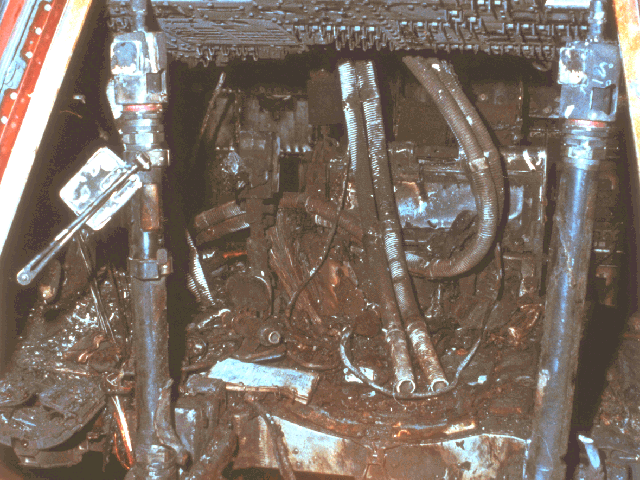The purpose of Apollo 1 was to launch the Lunar and Command Modules (LCM) into earth orbit to make sure they would be able to support people flying to the moon. The flight was scheduled for December of 1966, but numerous design flaws forced NASA to delay the launch.
On January 27, 1967, a simulated launch was being run in the LCM. At 6:31 pm, a circuit sparked, igniting a fire. The cabin was pressurized with pure oxygen, so the fire spread quickly. Because the cabin was pressurized, the three astronauts were unable to open the hatch to get out, and all three were burned to death.
This disaster was partially a result of the race between the United States and the Soviet Union for two reasons:
- Had there not been a competition between the two countries, the US would probably have learned from the incident of Valentin Bondarenko to not pressurize the LCM with pure oxygen, and the fire would therefore not have spread as rapidly, giving the crew a chance to put it out or escape.
- A report by the Senate Committee on Aeronautical and Space Sciences found
regarding the incident that:
- Deficiencies existed in engineering design of the spacecraft as evidenced by improper protection for electrical cabling.
- Deficiencies existed in the management of engineering such as change orders, configuration control, and general status of the hardware at a particular point in time.
- The level of workmanship in manufacturing, installation, and rework which is required and expected in a program of the technical sophistication of the Apollo spacecraft was absent.
- Combined with poor workmanship was inadequate quality control to identify and so permit correction of such workmanship deficiencies. This was most clearly shown by the discovery of a wrench socket in the 012 Command Module during the postfire disassembly process.
